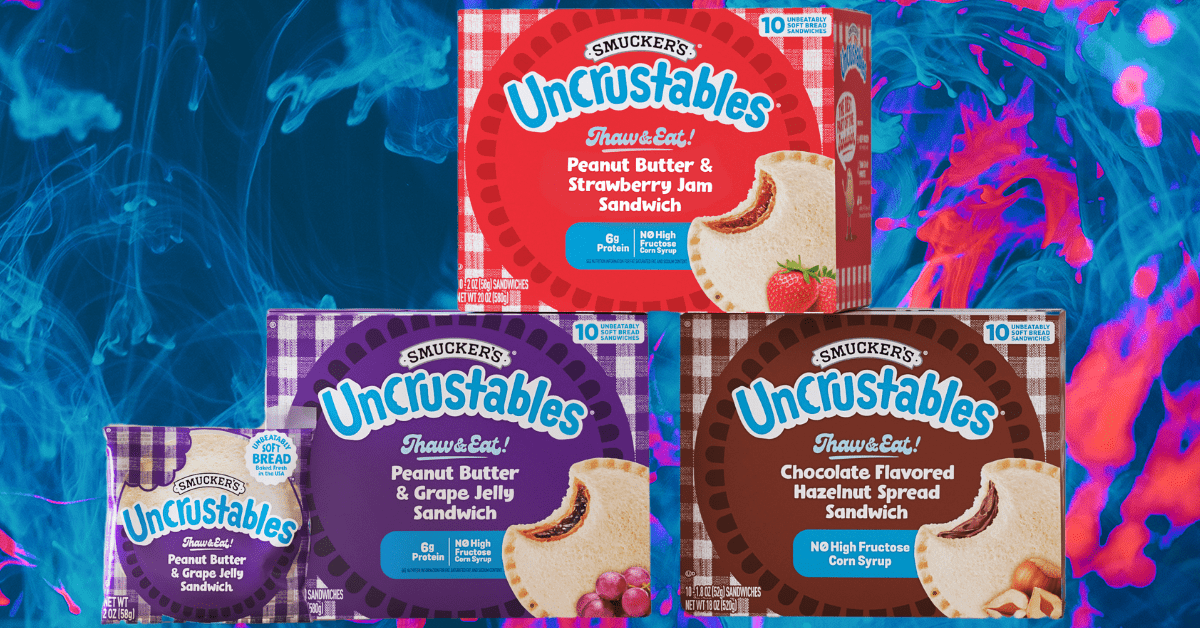
The big business of honey laundering
There’s about a ⅓ chance the honey on your shelf isn’t real.
Published:
Updated:
Related Articles
-

-
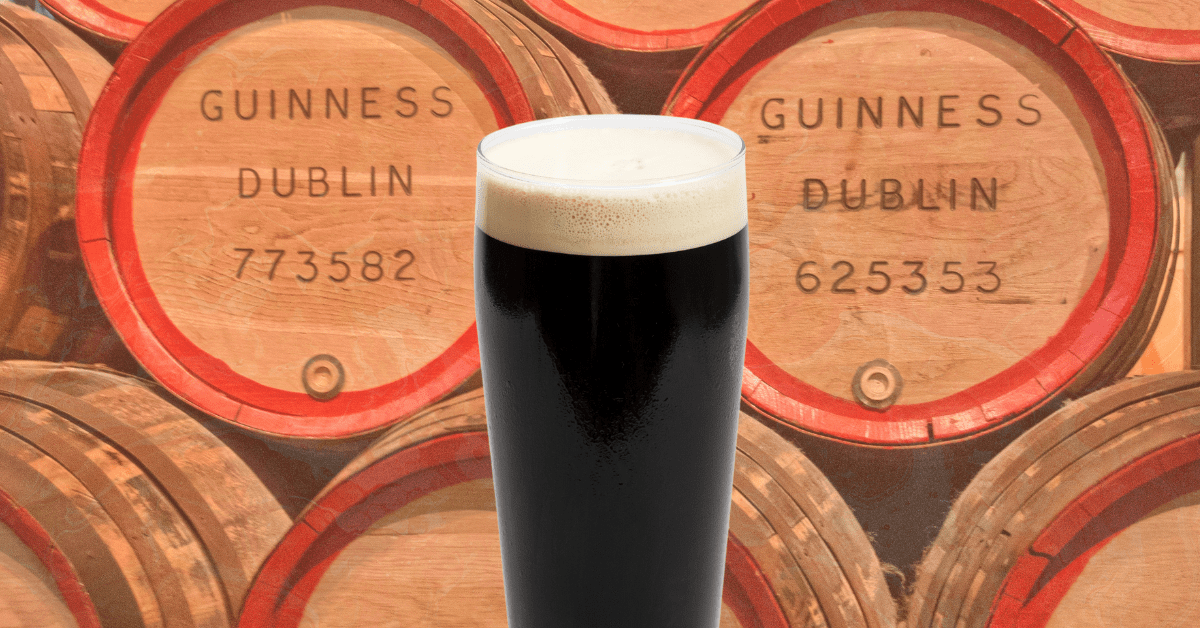
Where’d all the Guinness go?
-

How Crumbl cooked up a $1B recipe
-
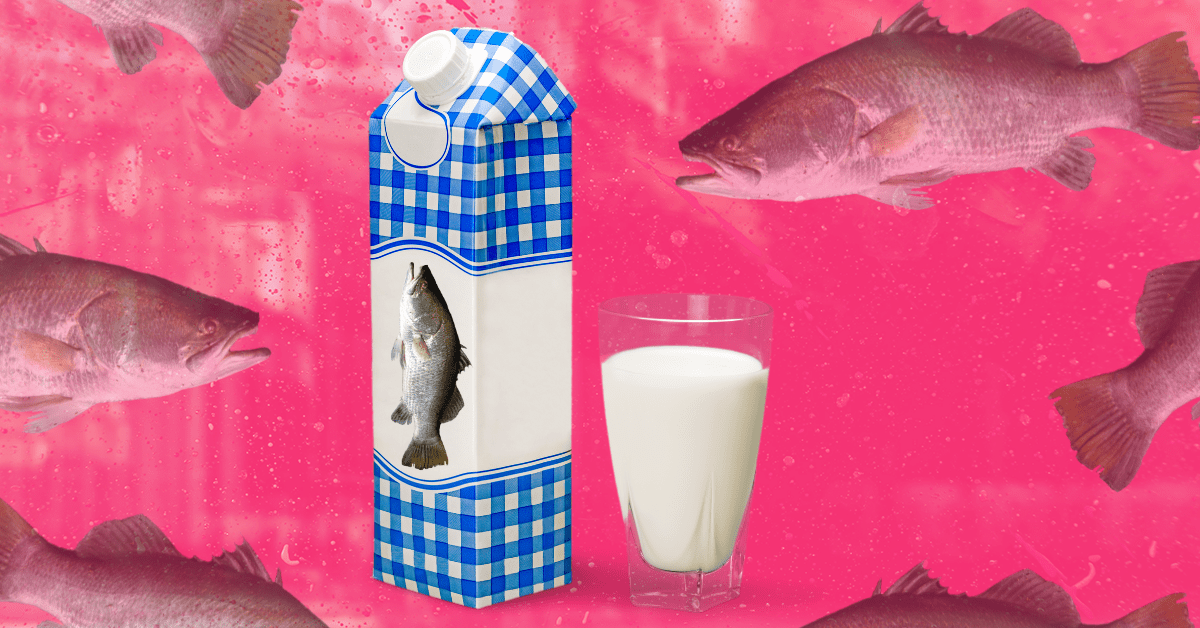
Would you like 2%, oat milk, or fish milk?
-

How Fruitist became a $1B blueberry brand
-

Turkey innovators have created a bird for lazy cooks with limited skill
-
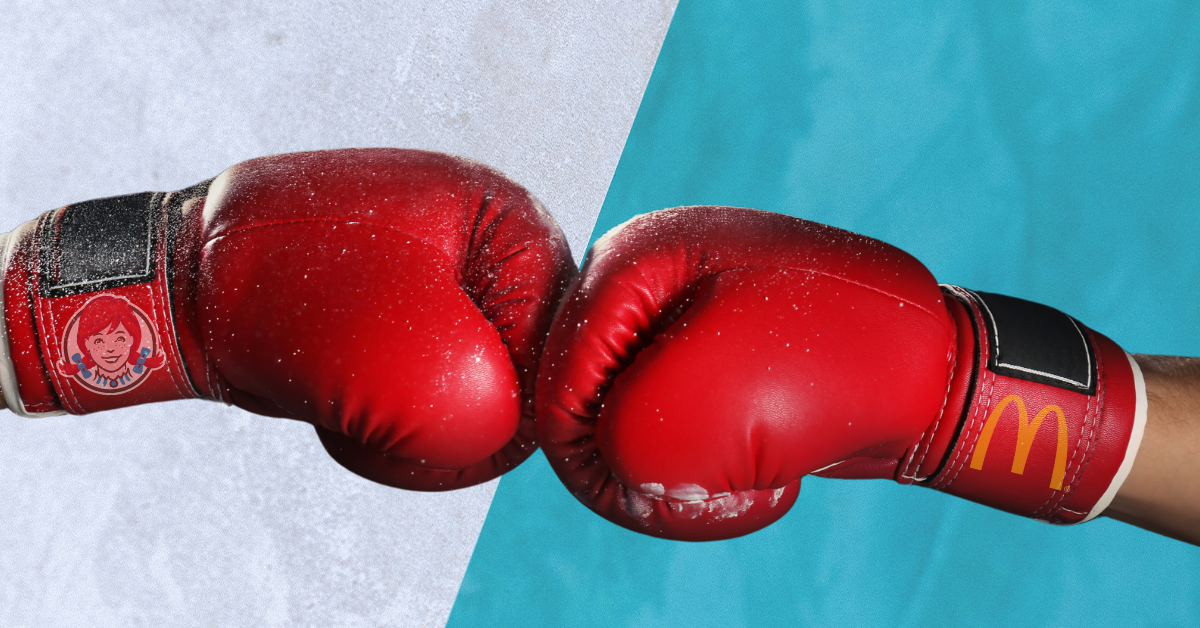
The little red-haired girl is taking a swing at the big dog
-

How a changing Starbucks hopes to retain customers
-
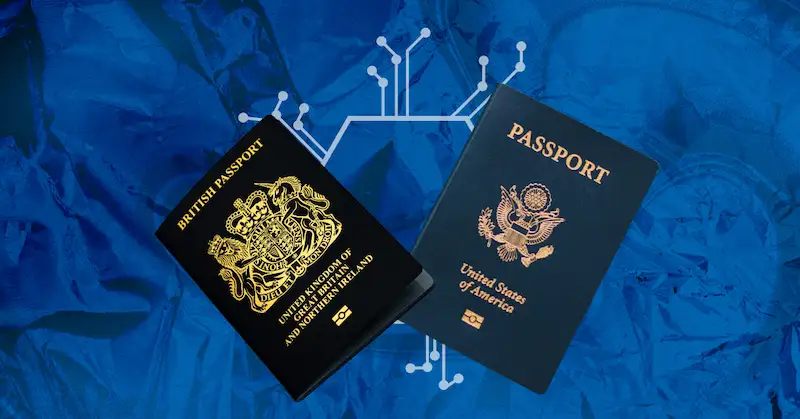
Great, AI can create realistic fake IDs now
-
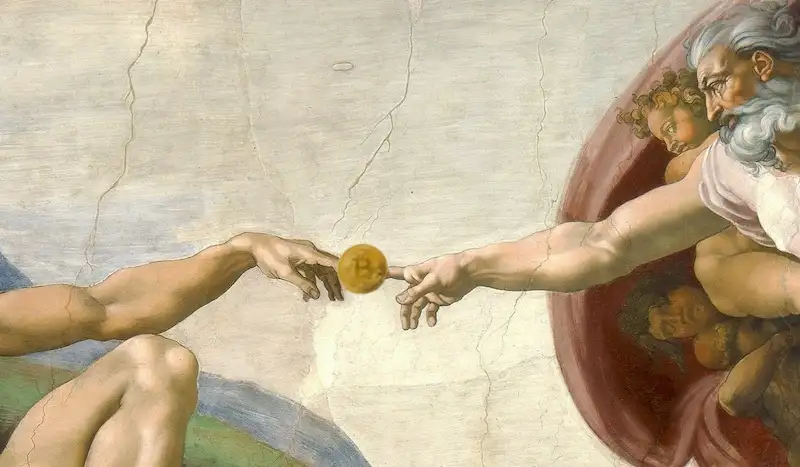
The Lord minteth in the weirdest alleged crypto scam yet


